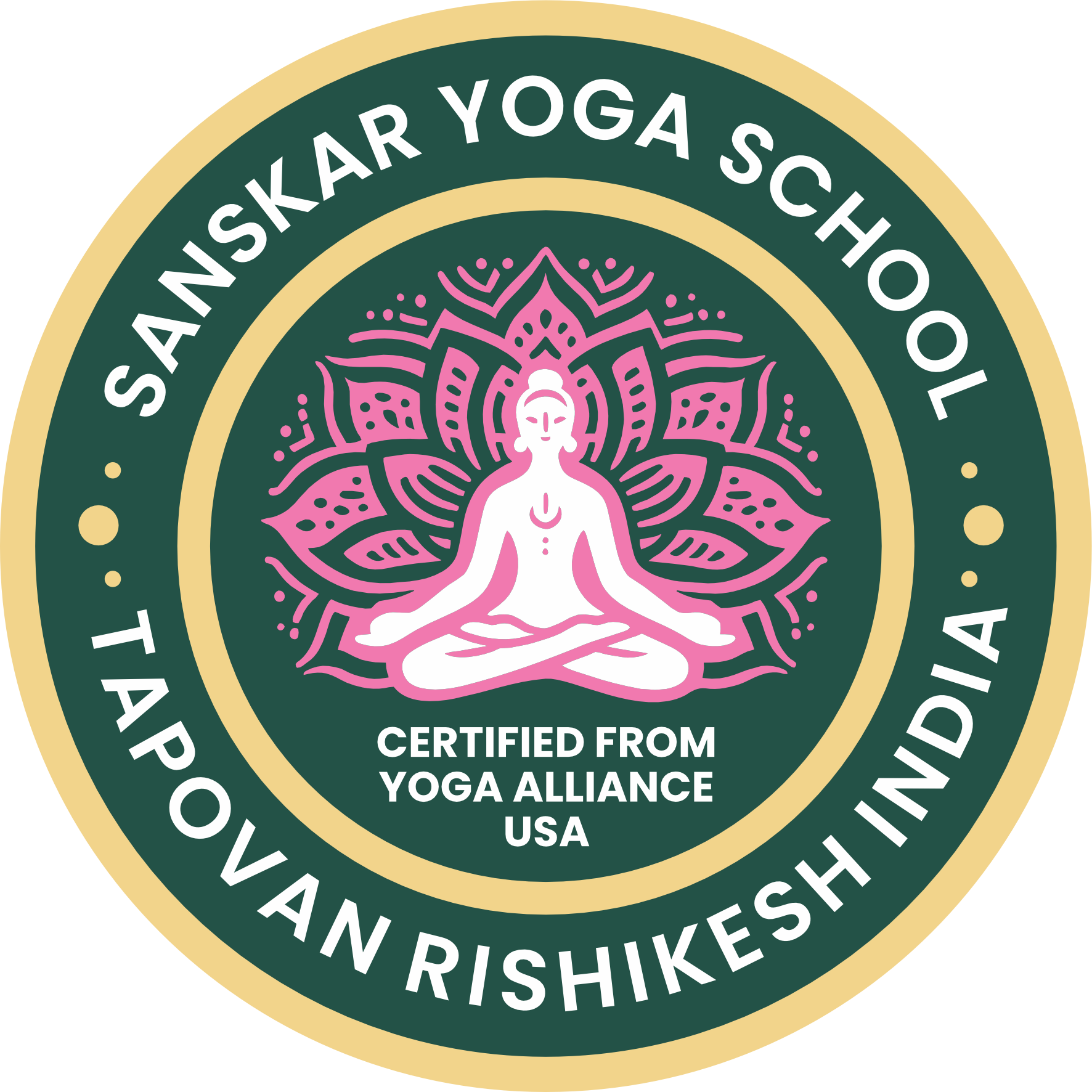Yoga Teacher Training in India: How to Choose the Right Certification for Your Career Path
India, the birthplace of yoga, continues to attract aspiring yoga teachers from around the world. With its rich spiritual heritage and authentic teachings, undergoing Yoga Teacher Training (YTT) in India can be a life-changing experience. However, with the abundance of schools and certification programs, choosing the right training can feel overwhelming.
If you’re considering starting your yoga teaching journey or advancing your career, it’s crucial to select a program that aligns with your goals, philosophy, and professional aspirations. In this blog, we’ll guide you through how to choose the right Yoga Teacher Training certification in India.
Why India for Yoga Teacher Training?
Before diving into the selection process, let’s explore why India remains the top destination for yoga education:
- Authenticity: India offers traditional yoga teachings, often blending Hatha, Ashtanga, Vinyasa, and other ancient practices rooted in history.
- Experienced Gurus: Many Indian yoga schools are led by masters who have spent decades practicing and teaching.
- Affordable Costs: Compared to Western countries, YTT programs in India are often more affordable without compromising on quality.
- Cultural Immersion: Learning yoga where it originated allows students to deeply experience the spiritual and cultural essence of the practice.
Choosing India is a no-brainer for many, but choosing the right certification is where careful thought is needed.
1. Define Your Career Goals
The first step in selecting a yoga teacher training course is understanding your career vision:
- Do you want to teach full-time?
- Are you planning to specialize in a specific style like Hatha, Ashtanga, Yin, or Kundalini yoga?
- Is your goal more personal—to deepen your practice rather than teach immediately?
Having clarity on your purpose helps you pick a course structure that supports your journey. For instance, if you want to teach globally, choosing a Yoga Alliance USA certified program is essential for international credibility.
2. Check Accreditation and Certification
Certification matters, especially if you intend to teach professionally. Look for programs that offer:
- RYT 200 / RYT 500 Certification through Yoga Alliance USA or Yoga Alliance International.
- Continuing Education Programs if you’re already a certified teacher looking to upgrade.
Why is accreditation important?
It assures that the school follows global teaching standards in areas like anatomy, teaching methodology, and ethics. Many studios worldwide prefer or even require Yoga Alliance certification when hiring teachers.
3. Research the School’s Reputation
Not all yoga schools offer the same quality. Before enrolling, do your homework:
- Read reviews on platforms like Google, BookYogaRetreats, and Yoga Alliance.
- Ask for referrals from past students.
- Review the instructors’ credentials—Are they experienced? Do they have a strong lineage?
- Check the syllabus—Is it comprehensive, including philosophy, anatomy, teaching practice, and meditation?
Choosing a well-reviewed school with authentic teachers can make the difference between a mediocre and a transformational experience.
4. Choose the Right Location in India
India is vast and each region offers a different energy:
- Rishikesh: Known as the “Yoga Capital of the World,” perfect for traditional Hatha and Vinyasa training amidst the Himalayas.
- Goa: Best for those who want a relaxed, tropical environment with a mix of traditional and modern yoga styles.
- Kerala: Great for blending yoga with Ayurveda, in a lush, peaceful setting.
- Dharamshala: Ideal if you’re drawn to Tibetan Buddhism and want to learn in the serenity of the mountains.
Your surroundings can deeply impact your training experience, so choose a location that resonates with your spirit.
5. Evaluate the Course Curriculum
A good YTT program should offer a well-rounded curriculum, including:
- Asanas (Postures): Practice and alignment techniques.
- Pranayama (Breathwork): Various breathing methods.
- Meditation and Mindfulness: Essential for mental clarity and teaching authenticity.
- Yoga Philosophy: Study of ancient texts like the Yoga Sutras.
- Anatomy and Physiology: Understanding the body to ensure safe teaching.
- Teaching Methodology: How to sequence classes, give adjustments, and develop your teaching voice.
Make sure the course offers enough practical teaching hours—you should feel confident leading a class by the end!
6. Consider the Class Size
Smaller class sizes (15-20 students) allow for more personalized attention, deeper mentorship, and stronger community bonds.
While larger classes may offer a diverse peer group, intimate settings often provide more growth and individual feedback.
7. Understand the Cost and What’s Included
YTT programs in India range from $1000 to $3000 USD depending on location, amenities, and course length. Before booking, understand:
- Is accommodation included?
- Are meals provided (often vegetarian/vegan)?
- Are there extra costs for books, exams, or certifications?
- Is airport pickup available?
Remember: the cheapest program isn’t always the best. Value quality education over cost-cutting.
8. Listen to Your Intuition
Lastly, once you’ve narrowed down your options, trust your gut.
The school you choose should feel aligned with your values, energy, and vision. Sometimes, an email conversation with the school’s director or a virtual meeting can help you sense whether it’s the right fit.
Final Thoughts
Embarking on your Yoga Teacher Training in India is a powerful decision. It’s not just about earning a certificate—it’s about transforming yourself, embracing the yogic lifestyle, and sharing your light with others.
Take your time to research, ask questions, and select a program that will support your growth personally and professionally.
Remember, the right YTT program is not just about where you’ll study, but who you’ll become through the journey.

avenue17
Idea excellent, I support.